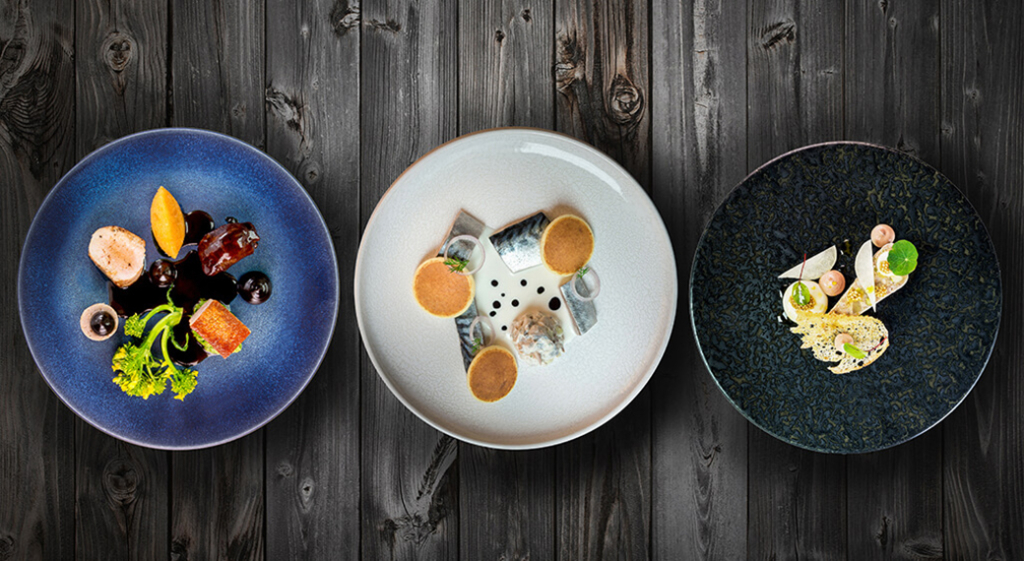Tasting events engage diners, showcase culinary creativity, and generate buzz. But for restaurant professionals, navigating the logistics and maximizing the return on investment (ROI) can feel daunting. To get you started, we cover the essentials of hosting successful tasting events, equipping you with the knowledge to cultivate an experience for your guests and boost your restaurant’s profile.
Why Organize a Tasting Event?
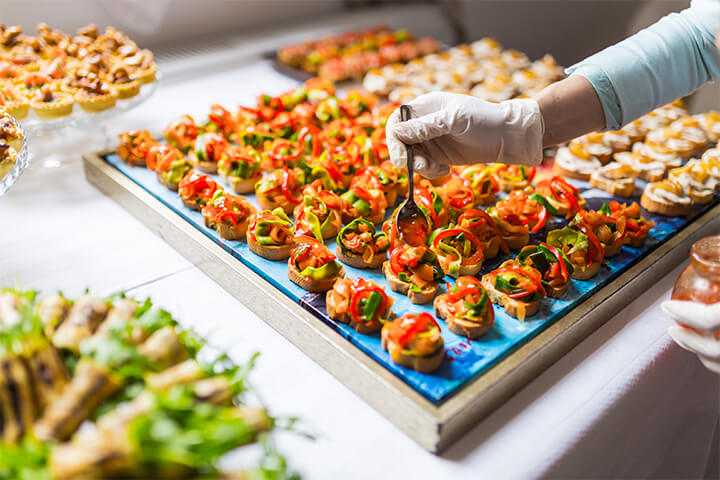
The National Restaurant Association (NRA) revealed that “69% of adults would likely participate in a restaurant tasting event that offers a selection of food items to sample.” The most enthusiastic responders were Gen Z at 81%, with Millennials (78%) and Gen X (70%) closely following. The lowest interest came from Baby Boomers at 57%. This data from the NRA’s 2024 State of the Restaurant Industry report confirms what we already know: experience-driven dining is trending, particularly among younger demographics.
Supplies & Staffing
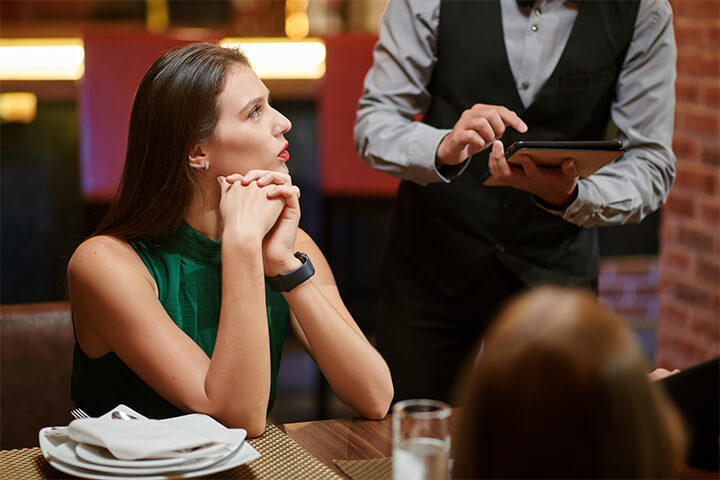
The first step in organizing a tasting event is to establish your logistical framework. Smaller, more intimate tastings require minimal resources — think high-quality plates, flatware, serving utensils, and premium glassware. If you are organizing a larger event, consider your space and equipment to find out if you’ll need to rent additional tables, chairs, or serving equipment. In the same fashion, factor in decorative elements like tablecloths and centerpieces that complement the theme of your tasting menu.
As you know, to successfully run a restaurant or an event, having well-trained, reliable employees is paramount. A well-coordinated team ensures a smooth experience with no room for hiccups. Organize your event staff with attention to the different facets of your presentation: food preparation, service, and bussing.
Additionally, many guests will have questions about your food. They’ll appreciate your professional insight, an interesting backstory, and fun facts. With this in mind, train your servers to be knowledgeable about the dishes and pairings so that they are able to answer questions and engage with guests. Finally, designate a staff member to manage the flow of diners and ensure timely service, especially for multi-course tastings.
Time Management

The timeframe for organizing a tasting event hinges on its complexity. For instance, a casual wine and cheese pairing with existing menu items can be planned within a few weeks, whereas a multi-course chef’s special with unique dishes may require 6-8 weeks of lead time. Avoid bumps in the road by using online scheduling tools to coordinate staff availability and secure any necessary off-site equipment rentals.
Menu Design
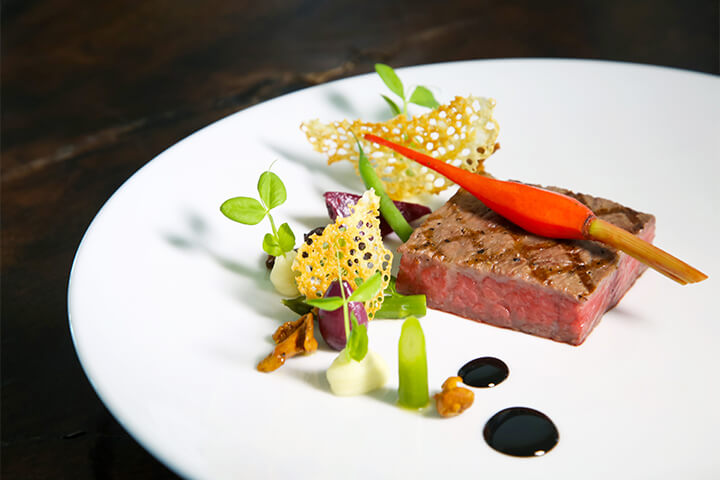
The menu is the centerpiece of your experience and the element that drives your guests to attend. For a well-rounded experience, consider offering 4-6 bite-sized portions. Striking a balance between signature dishes and innovative small plates will entice diners to explore your culinary repertoire.
You can also incorporate data-driven menu planning. Studies by Cornell University, for instance, reveal that diners gravitate towards familiar dishes with unexpected twists. This could translate into a deconstructed take on a popular appetizer. The twist piques curiosity while offering a taste of the familiar. Consider incorporating seasonal ingredients and highlighting local purveyors to add further depth to the guest experience.
Marketing & Promotions
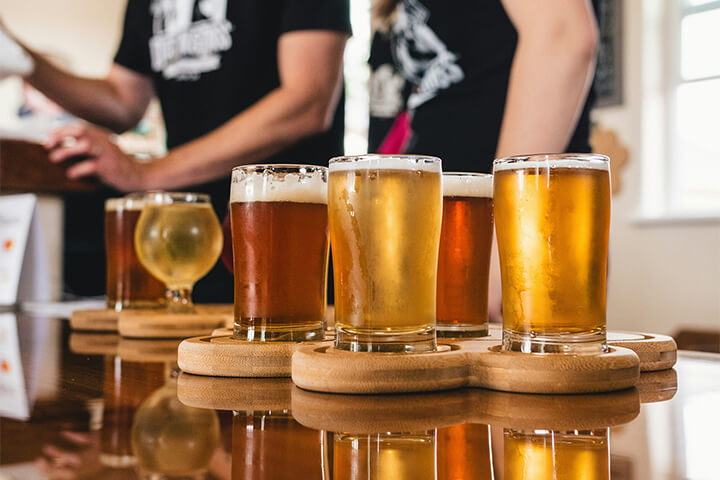
Actively promoting your event is paramount to ensure a successful turnout. Use all the tools at your disposal. Without delay, engage your social media followers by announcing the event, highlighting the menu, theme, and pricing. Other ideas include partnering with local food bloggers or influencers for targeted promotion and executing an email marketing campaign to your existing customer base. The more work you can dedicate to promoting your event, the greater your chance of success.
Beyond digital outreach, local businesses may be interested in a collaboration, especially those that are beverage based. You could partner with a nearby winery to offer a curated wine pairing for your tasting menu. If wine doesn’t work with your menu, try a craft brewery for a beer-focused tasting event or reach out to local mixologists. These partnerships will expand your reach and attract new customers.
Pricing Strategies & Sponsorship Considerations
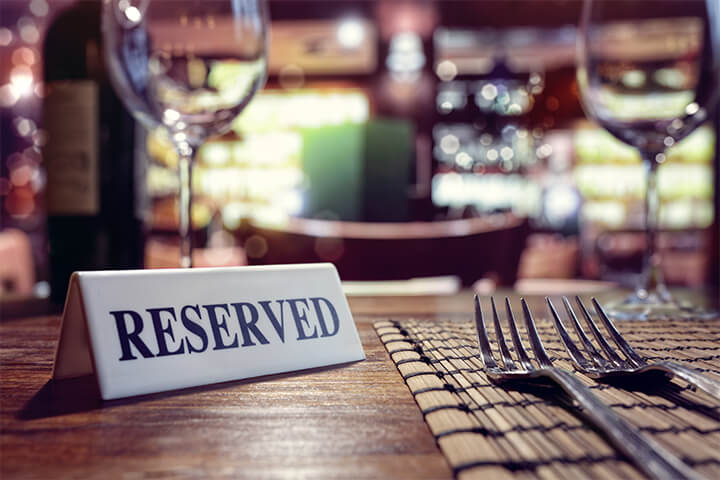
Pricing your tasting event requires careful consideration. To determine price, don’t forget to factor in ingredient costs, labor expenses, and equipment rentals. Researching similar successful events in your area helps establish a competitive price point. Offering early-bird discounts incentivizes early reservations.
Because industry costs have soared in recent years, corporate sponsorship could offer financial support for your tasting event. Seek partnerships with esteemed local beverage companies, bakeries or chocolatiers for a sweet bite if dessert isn’t your specialty, or even culinary equipment suppliers. Sponsorships should be mutually beneficial, offering brand exposure to the sponsor while allowing you to offset some event costs.
Metrics & Evaluation
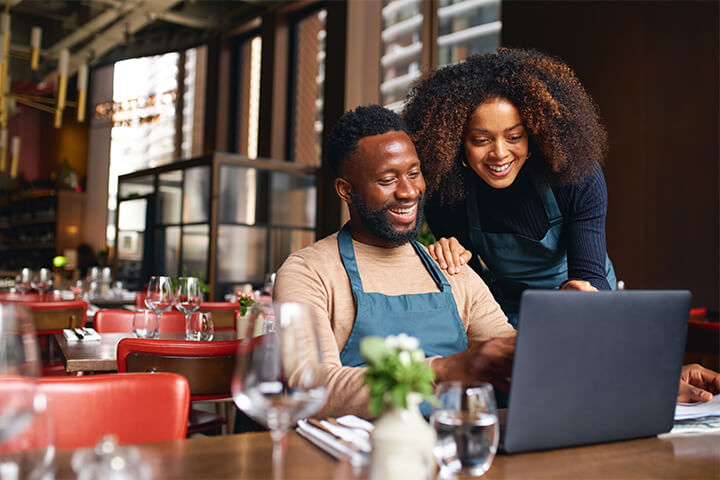
When your event has concluded, it is always beneficial to gather feedback through post-event surveys or informal discussions with guests. Gauge their satisfaction with the food, service, and overall experience. You can learn more about their opinions by monitoring social media conversations and analyzing online reviews. Assessing your guests’ responses to the tasting provides important data that could make your next event even more successful.
The Final Course
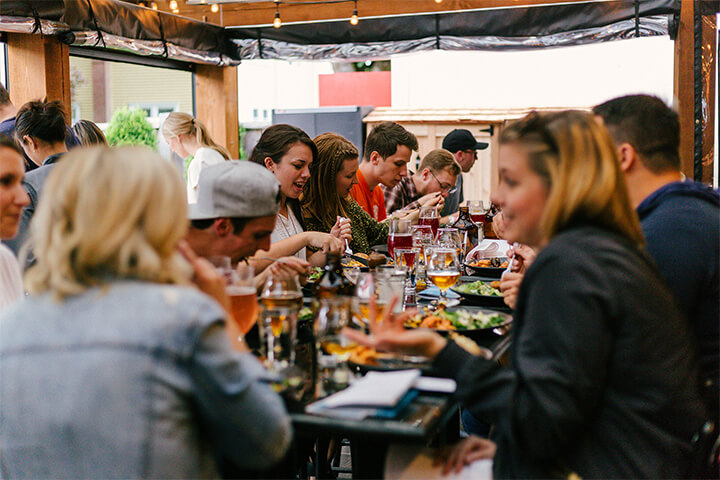
Tasting events, when meticulously planned and executed, offer restaurants a potent marketing tool and a valuable platform for strengthening customer relationships. By following these guidelines and continually refining your approach, you can transform tasting events into a cornerstone of your restaurant’s strategy.

